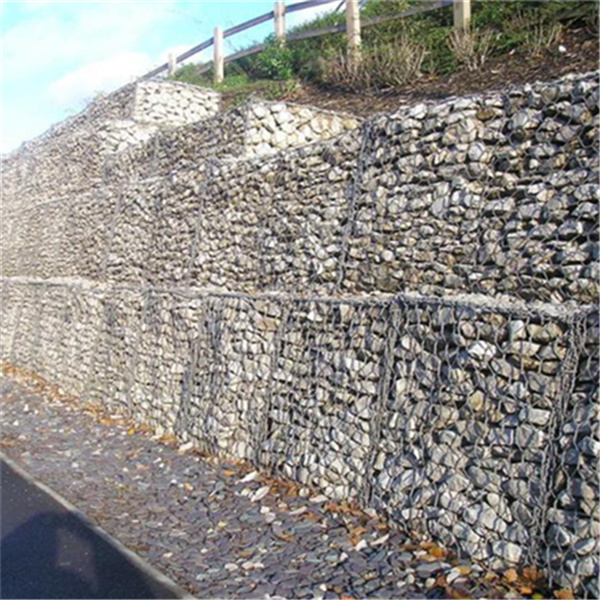Septemba . 11, 2024 13:00 Back to list
Gabion Living Wall Manufacturer | Durable & Sustainable Solutions
The Rise of Gabion Living Walls A Sustainable Solution for Urban Spaces
In recent years, the concept of green architecture has expanded rapidly, with sustainability becoming a key focus for urban planners and architects alike. One innovative solution that has gained popularity is the gabion living wall. These structures, composed of wire mesh cages filled with stones or other organic materials, provide not just aesthetic appeal, but also practical benefits for the environment and urban living.
What is a Gabion Living Wall?
A gabion living wall is a vertical garden system that integrates natural materials into its design. The word 'gabion' itself is derived from the Italian word 'gabbione', meaning 'big cage'. Traditionally used in civil engineering for construction and erosion control, gabions have now found a new purpose in urban landscaping. The wire mesh is typically filled with stones, gravel, or recycled materials, creating a robust structure. When combined with plants, these walls not only serve as a unique architectural feature but also promote biodiversity and enhance air quality.
Benefits of Gabion Living Walls
1. Aesthetic Appeal Gabion living walls add an organic, rustic element to urban landscapes. With the versatility in materials, colors, and plant choices, they can be customized to suit any architectural style or personal preference.
2. Environmental Benefits These living walls serve as natural air filters, absorbing pollutants and releasing oxygen. The plants help to combat urban heat, lowering surrounding temperatures and making cities more livable. Additionally, gabions can manage rainwater runoff, reducing the risk of flooding in urban areas.
3. Biodiversity Enhancement By incorporating native plants and flowers, gabion living walls serve as habitats for various bird species, insects, and other wildlife. This not only increases biodiversity in often sterile urban environments but also creates awareness around the importance of ecological preservation.
gabion living wall manufacturer

4. Noise Reduction The layers of stones and soil in gabion walls can absorb sound, making them effective barriers against urban noise pollution. This feature is particularly beneficial in busy city areas where noise reduction is desired.
5. Durability and Low Maintenance Gabion structures are remarkably durable, withstanding harsh weather conditions and physical stresses. When properly constructed, they require minimal maintenance, making them a practical choice for urban environments.
Choosing a Gabion Living Wall Manufacturer
When considering the installation of a gabion living wall, selecting the right manufacturer is essential. Look for companies that specialize in sustainable materials and possess expertise in eco-friendly landscaping practices. Ideally, a reliable manufacturer should provide a range of customizable options, ensuring that your living wall meets both aesthetic and environmental goals.
Furthermore, it's beneficial to work with manufacturers who offer guidance on plant selection and maintenance routines to maximize the longevity and health of the living wall. Engaging with professionals who have experience in both construction and horticulture will ensure a successful project that benefits not just you, but also the environment.
Conclusion
Gabion living walls represent a forward-thinking approach to urban landscaping, blending functionality with beauty. As cities continue to expand and face challenges related to pollution, biodiversity loss, and urban heat islands, these structures may offer a sustainable pathway toward greener, healthier urban environments. By partnering with the right gabion living wall manufacturer, urban dwellers can contribute to a more sustainable future while enhancing the visual appeal of their surroundings.
-
Understanding Load-Bearing Capacity of Gabion Boxes
NewsJul.17,2025
-
The Importance of Corrosion-Resistant Wire in Gabion Construction
NewsJul.17,2025
-
How Gabion Boxes Prevent Soil Erosion Effectively
NewsJul.17,2025
-
Environmental Benefits of Gabion Cages
NewsJul.17,2025
-
Best Stone Types for Gabion Walls with Steps
NewsJul.17,2025
-
Benefits of Using Rock Gabion Baskets in Landscaping
NewsJul.17,2025
-
The Role of Galvanized Gabion Mesh in Riverbank Protection
NewsJun.26,2025






